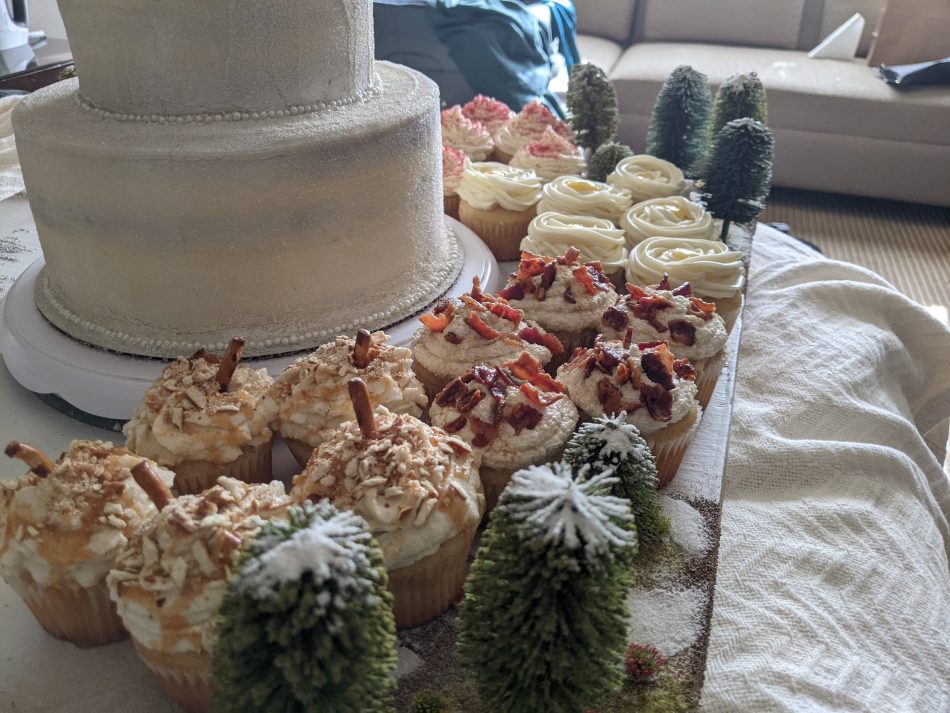Miniature Wargaming Wedding Cake

By Tom Mullane
This winter, my sister got married in a small ceremony in NJ. I served as the minister, and it will have been the 8th wedding I have performed since being ordained in the Ministry of Life Church (certificates available online for 35$— includes parking pass) Every great wedding party needs a wedding cake, even small receptions for family and close friends like the one my sister and my new brother had planned. In an effort to make use of my wargaming skills in a non-wargaming capacity, I decided to make a winter-themed diorama for the cake and desserts my wife Angela was going to make.

![[29th Infantry Division: Normandy landing]](https://www.lonesentry.com/gi_stories_booklets/29thinfantry/pics/29infdiv_pg6.jpg)